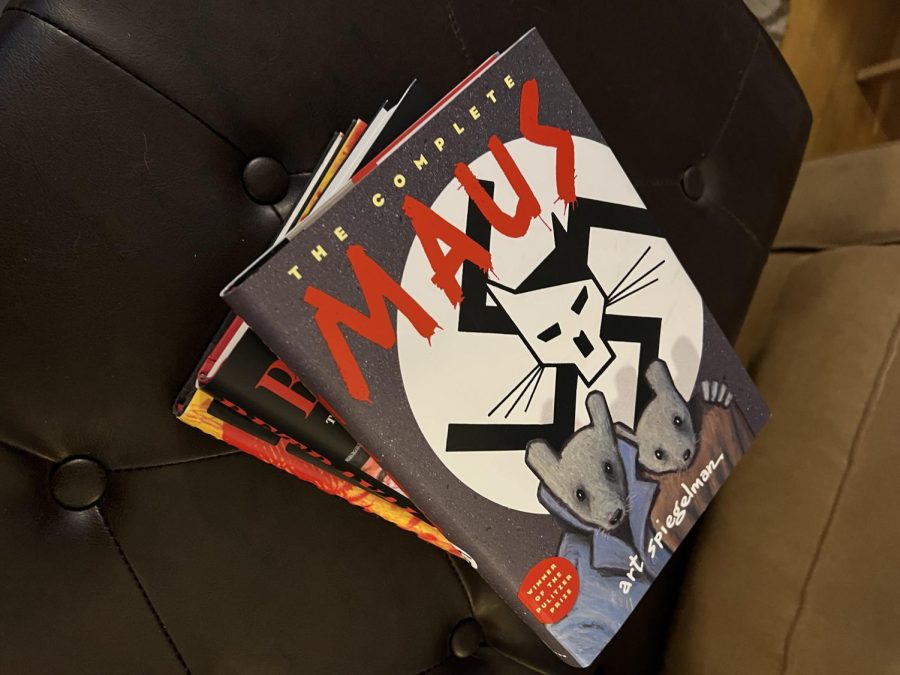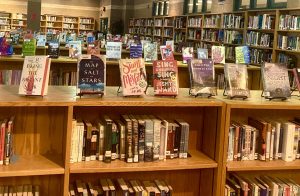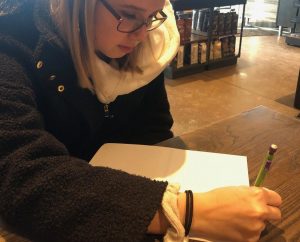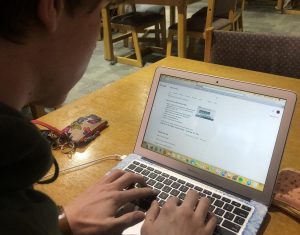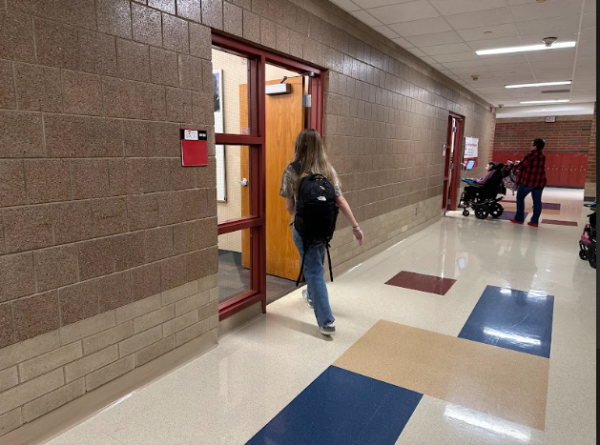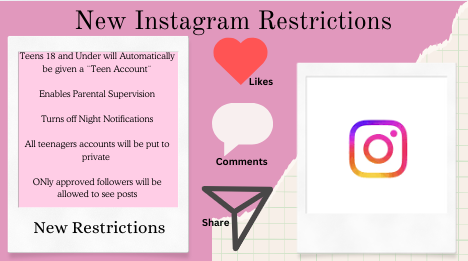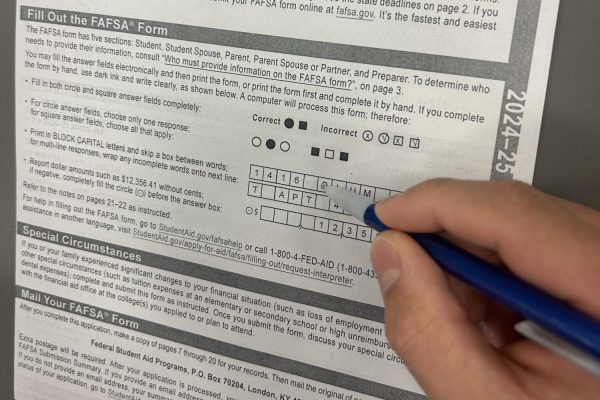Staff Editorial: School reading lists must diversify
Maus by Art Spiegelman has come into public interest as schools begin to ban the book that details the horrors of the Holocaust. Maus is one of many books that have come under recent criticism in regards the subject they cover and their appropriateness of the content for students
Throughout history, English classes have challenged students to look deeper at the texts that surround them, analyzing the stories that form our world; but for some, this analysis only brings discomfort and hollow representation. When looking at the most common authors found on school reading lists, one characteristic stands out: they are predominantly white male authors. Names like Shakespeare, Twain, Dickens and Steinbeck formed the pillars that our western literary standards rest upon, but these books greatly lack in diversity of characters and perspectives.
Since the 1970’s, little change has been made to the list of “classics” that dominate students’ reading curriculum. Authors such as William Shakespeare, John Steinbeck, Mark Twain, Charles Dickens, and Arthur Miller are the most common; all are white, cis-men. This inherently limits school reading lists, as they predominately lack diversity.
The term “cis-gender” is used to describe “people whose gender identity and expression matches the biological sex they were assigned when they were born,” as an article by the Explainer stated.
This means that these authors, whos works are informing young children, are what society defines as “the norm.”
Current curriculum
In a recent study completed by The Center for the Learning and Teaching of Literature analyzed trends in the book-length works being taught in American high schools. They found that the most common frequently required works showed little representation for female or minority authors.
The report stated, “The lists of most frequently required books and authors were dominated by white males, with little change in overall balance from similar lists 25 years ago. In the titles required in 30% or more of the public schools in 1988, Grades 7-12, for example, there were only two women and no minority authors.”
These books are considered classics, but the question becomes what makes a classic? Often classics are considered to be books with themes that transcend time, with recognition and value to our society. But a recent criticism is that students may feel unengaged by character and stories that are out of touch with our modern times.
“I think we should get something more modern, something new or written recently,” junior Jeremiah Swartz said. “We need to read something that’s more relatable for students compared to reading something in the 18th century.”
These books also contain heavy themes that can make many students feel uncomfortable if not handled properly, no matter their race. For example, To Kill a Mockingbird by Harper Lee takes place in Maycomb, Ala., a small town with deep rooted racist beliefs and language that reflects it, with numerous uses of the n-word permeating the book.
For junior Jasmine Allison, moments of intensity were handled with delicacy and education. She recalls her teacher never allowing the slur to be spoken when reading the book, explaining to her class why the word was reprehensible. Her teacher also allowed for students to take breaks or leave the classroom if the book became too overwhelming.
“She made it very clear in class that while, yes, it was a taboo topic, we weren’t going to necessarily avoid it as a whole,” Allison stated. “I think what my teacher did was a good thing when it comes down to uncomfortable topics.”
But delicacy and respect is not always the norm, as explained by junior Chelsea Stahl. Stahl elaborates that when reading Lee’s book, her long-term substitute teacher read the slur aloud to the class. When students questioned her, she stated that “it was for educational purposes.”
“I feel like it just made everyone in there uncomfortable because we all knew that she shouldn’t have said it and then it wasn’t right,” Stahl said.
These classic books are important because they keep us accountable for our history, acting as records of a time with different cultures and ideals.
Alternatives
Othello written by William Shakespeare is his only play to include a black main character. Yet this play that analyzes the mistreatment of black men and the black community at the hands of authority figures, is not commonly taught in schools.
“Othello is still a good Shakespeare play because the main character is a black man. And it goes through like the hardships he faced as a black man… I feel like that is a good story to teach in schools,” junior Sydney Rodd explained.
It is no secret that minorities are underrepresented in reading curriculums around the nation, with the CDC reporting that 48% of schools in the U.S. actively cover LGBT topics in their curriculum.
“This community is predominantly white. So I think the curriculum does reflect what Stillwater’s demographics are but, they are changing in Stillwater as well as all of America. I’d like to see the curriculum change with the demographics. As more black people, Latino or Asian people come in, I think that we should start adding more and more of those authors into the curriculum district demographics,” Allison said.
“I almost feel it’s more important to read more diverse authors, because since we don’t necessarily always have those perspectives in our community,” junior Ruby Suro said.
“The LGBTQ community is also under-represented,” junior Tyler Quade explained. “So showing authors, characters, playwrights about and within the LGBTQ community would also be something that I think a lot of us would like to see added to the curriculum… Students who are already in the minority in any given school system will see themselves represented in the curriculum, which I think can help their morale and their self confidence.”
Classics are important, but there needs to be more diversity in what is defined as “essential” classics. Breaking away from the western narrative, thousands of more perspectives become available to students hungry for new and rich perspectives. As junior Brooke Elfert said not having these books available in school curriculum is a “disservice” to students.



